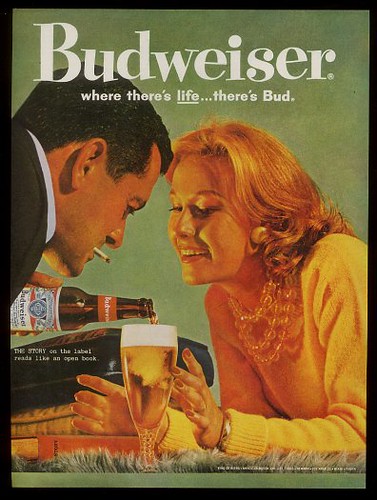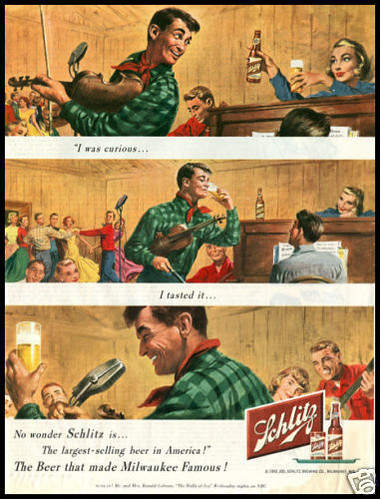
Here’s some more interesting statistical data on alcohol bloggers — beer, wine and liquor — from a software company in Silicon Valley by the name of eCairn, or eCairn Conversation. Watch this short video to get a feel for what the company is selling, essentially tools to help companies reach their core customers and “influencers.”
This is especially interesting given the recent monthly Wikio rankings, as these represent yet another metric to rate a beer blog’s influence. At eCairn’s blog, they’ve been analyzing different aspects of social media, presumably to give potential customers real world examples of how they might use their software. For example, they looked at an Analysis of 4 Networks of Community of Influencers that included mommy, beauty, fashion, deco, food, daddy, celebrity, baking, craft and fitness blogs. Then a few days ago they examined beer, wine and liquor blogs which they referred to as “Socialcohol Media,” which is a great looking term, if only I could figure out how it should be pronounced (go ahead, try to say it). Here’s their introduction:
Tagging along with previous analysis of social media Tribes and Influencers, we looked this time at the socialcohol ecosystem 😉 .
Even if the wine & alcohol industry is highly restricted and social media has its set of challenges, matters like beer, wine and liquor generate quite a bit of conversations from the virtual streets.
Here, we pulled 200 influencers from our existing communities of English speaking influencers (~1500 for wine, ~1000 for beers and ~500 for liquor) to create our own cocktail of the tops.
From those 4,000 blogs, they whittled them down to 200 and then ranked those. In the Top 20, half unsurprisingly are wine blogs. But what’s more surprising is that five were beer blogs and five were liquor blogs, and all five of the beer blogs were in the top ten, along with two liquor blogs. That means that in the top ten alcohol blogs, the majority are beer blogs. That’s huge, because up until now, as far as I knew, wine blogs were kicking our butt. Certainly there are far more of them, and still are, but what this suggests is that beer online is gaining in popularity. During last fall’s Beer Blogger’s Conference, the number of beer blogs was reckoned to be about 500, and another source I saw said about 700, the difference being the former was independent beer blogs and the latter included company beer blogs, too. So either we’ve added another 300 beer blogs in the intervening months or they arrived at their number using more generous definitions. Either way, 1,000 sure sounds more impressive.
While I don’t see any information specifically about what formula they used to arrive at their rankings, shockingly I’m No. 1, even above Eric Asimov in the New York Times and the Wine Spectator. Honestly, as flattered as I am by that, it doesn’t feel right. Their traffic alone must be exponentially higher than mine, though perhaps traffic isn’t that important to the way they figure things out. Still, the best news would seem to be that beer blogs more generally are catching up to wine in terms of popularity online. That alone is worth cheering.
Top 20 Alcohol Blogs- Brookston Beer Bulletin (Beer)
- Good Grape: A Wine Blog Manifesto (Wine)
- Alcademics.com (Liquor)
- Eric Asimov’s The Pour: NY Times (Wine)
- Seen Through a Glass (Beer)
- Pencil and Spoon (Beer)
- The Beer Nut (Beer)
- Catavino (Wine)
- Art of Drink (Liquor)
- Drink With The Wench (Beer)
- Wine Spectator (Wine)
- Mutineer Magazine (Wine*) [Listed as a wine blog, but Mutineer also covers beer and spirits.]
- Trader Tiki’s Exotic Syrups, Bitters and Spirits (Liquor)
- RumDood (Liquor)
- AlaWine (Wine)
- Good Wine Under $20 (Wine)
- Wannabe Wino Wine Blog (Wine)
- The Pegu Blog (Liquor)
- Through The Walla Walla Grape Vine™ (Wine)
- Palate Press (Wine)
They also note that Beer, Wine and Liquor blogging communities are fairly separate but that Whisky blogs tend to act as a bridge between them all.

The density of the American beer blogs has “higher density in the mid-west/colorado compared to wine and liquor.”

















